More Energy Efficient TVs to Help Reduce Our Bills and Carbon Footprint
One of the most common arguments people bring up when talking about energy efficiency in our homes is how TVs that are left on or even left on standby could use up lots of electricity and increase our carbon footprint significantly. The trouble is that many TV sets on sale now have no traditional power switch apart from the switch at the socket, and there’s also the fact that most households watch TV a good few hours each day so limiting usage can mean we lose out on our favourite shows.
This myth about how much energy TVs use when in a standby mode has recently been disproven as recent tests have shown that a television left on standby uses up a mere 12p per year in electricity, this is much less than many heat producing appliances in the home such as an iron or kettle as these require large amounts of energy to power.
But this doesn’t mean that using Televisions and other appliances regularly is the most energy efficient way to do things, there are still features in modern televisions that can help us get the most from our TVs and still be energy efficient. One such feature is the introduction of LED backlighting, often generalised as LED TVs these models are variations on the popular LCD TVs but rather than using less efficient cathode tubes to provide the lighting for the screen these TVs use Light Emitting diodes that are not only less energy-hungry but they can help to significantly reduce the bulk from TV sets, giving them a slimmer profile and more suitable for wall mounting or placing in tight corners in your room.
A lot of modern TVs whether they are Plasma, LCD or one of these LED Backlit models will have energy saving modes, this will be where the intensity of the backlight will be lower, if you watch TV in darker conditions such as the evening or less ambient light then you could easily switch to a lower brightness to use less energy but still get a perfectly viewable picture.
You could save significantly by using features like these and it is worthwhile looking into the energy usage of modern TVs when you are in the market for a new one. The number of features we now look for in our TVs is increasing and energy efficiency is one of the more important ones for consumers.



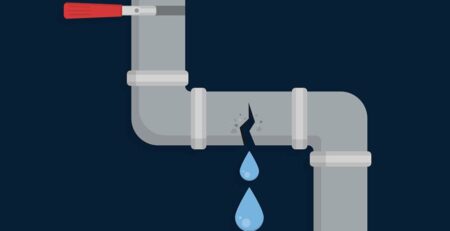
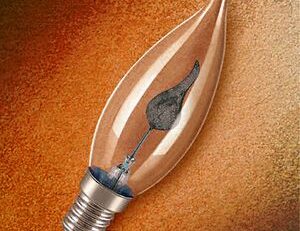
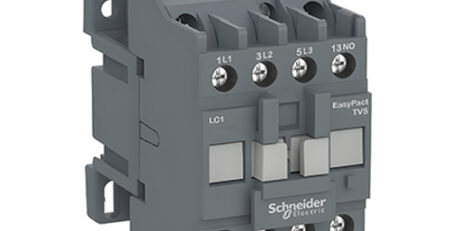

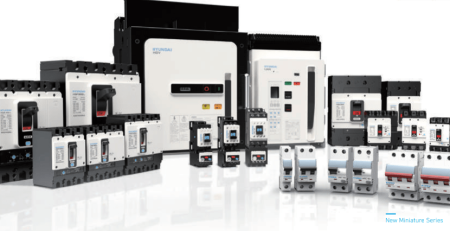

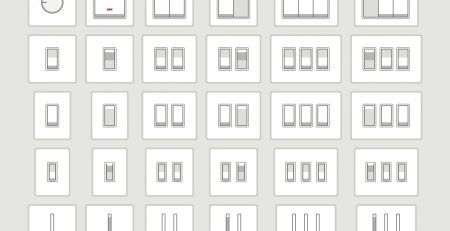

Leave a Reply
You must be logged in to post a comment.